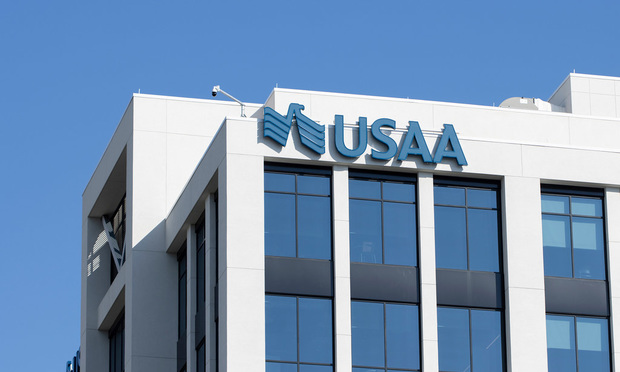The progress of mankind has relied heavily on technology advancement in two key areas: transportation and communications.
Communications technologies, for moving information from one place to another and presenting that information to people in new and different ways, have been instrumental to the progress of civilization.
Transportation technologies, for moving people and things from one place to another in faster, safer, and more comfortable ways, have been advancing since the invention of the wheel. This article will reflect on the latter, looking into the next decade and exploring some big implications for the insurance industry.
|Driverless vehicles
Driverless vehicles have been grabbing the headlines now for a few years. That's understandable since most of us can relate to driving a car and are forming opinions on what we think about the move to autonomous vehicles. However, the effort by the major tech companies and auto manufacturers to develop and test these capabilities in cars is only one part of a much larger story — one that will greatly affect every person, business, and industry.
And just as significant is the progress being made with many other types of vehicles that operate on land, sea, or in the air. Add in the evolution toward a smart transportation infrastructure, and the ingredients for massive transformation are ready and waiting.
Much of what is happening in this realm seems like science fiction, but is likely to be common in 10 years. Consider how much can happen in that time frame. Just 10 years ago (in 2006), the iPhone had not even been introduced. There were no mobile apps. Now, we can't imagine what life would be like without our mobile devices.
|Autonomous buses, cargo ships, taxis
Some of the other developments that are worth following include live trials of autonomous buses and taxis; the platooning of autonomous trucks; autonomous cargo ships, submarines, and drones; and autonomous commercial vehicles used in mining and agriculture. And don't forget flying cars. This technology is actually gaining attention and funding.
Add in the Hyperloop concept (the testing of which is now underway), supersonic air travel, and other means of high-tech transportation, and it is not difficult to imagine the kind of world we see in Star Trek, Star Wars, or other popular science fiction.
The advancement of autonomous vehicles of all sorts will be accompanied by progress in vehicle-to-vehicle (V2V) and vehicle-to-infrastructure (V2I) technologies that allow moving vehicles to communicate with each other and their surroundings to ensure the smooth and safe flow of traffic, wherever it may be. So what does this all mean for insurance?
|P&C insurance affected in fundamental ways
Well, it does not take a rocket scientist to understand that virtually every type of property/casualty insurance will be affected in fundamental ways. Some of these scenarios have already been touted in the press and considered by industry strategists, but the implications may be even more far reaching than most realize.
Consider implications in just three areas:
- Workforce mobility: Information and communications technologies have already created an accelerating trend away from the central office model. New transportation technologies will result in a reduced need for workers to be clustered in major centers. Rapid transportation options will allow those farther away to travel where they need to be, and the tech for working remotely will continue to foster the work-anywhere trend.
- Manufacturing and Distribution: Opposing factors will likely disrupt the manufacturing and distribution models of the last century. The ability to transport goods much more rapidly and safely at low cost via autonomous transportation networks may lead to giant, centralized factories. On the other hand, 3D printing and the desire for custom items without waiting may favor local manufacturing with a different kind of short distance transport dominating.
- Agriculture: Automated machinery is already common in agricultural production today. The move to more fully-autonomous tractors, combines, and other vehicles will further change the industry. When sensors, biotechnology, vertical farming techniques, and other tech are considered, the very nature of the farm is likely to be substantially different 10 years from now.
The list goes on, and it's pretty heady stuff. The implications for population distribution, energy, travel, education, and virtually every aspect of the economy are huge. In all of these areas, the patterns change, the companies change, individual's behaviors change, and the risks change.
|New risks are emerging
Existing risks may be dramatically reduced, resulting in large decreases in premiums. On the other hand, new risks are emerging, and the opportunities to serve customers in new ways are there for insurers bold enough and agile enough to rethink their business for this new era.
For more on the implications of emerging tech for insurance, see SMA's research report, "The Top 10 Ways Emerging Tech Will Transform Insurance."
Mark Breading is partner at Boston-based SMA. Email him at [email protected]. This article first appeared on StrategyMeetsAction.com and is reprinted here with their permission. Opinions expressed in this article are the author's own.
Want to continue reading?
Become a Free PropertyCasualty360 Digital Reader
Your access to unlimited PropertyCasualty360 content isn’t changing.
Once you are an ALM digital member, you’ll receive:
- Breaking insurance news and analysis, on-site and via our newsletters and custom alerts
- Weekly Insurance Speak podcast featuring exclusive interviews with industry leaders
- Educational webcasts, white papers, and ebooks from industry thought leaders
- Critical converage of the employee benefits and financial advisory markets on our other ALM sites, BenefitsPRO and ThinkAdvisor
Already have an account? Sign In Now
© 2024 ALM Global, LLC, All Rights Reserved. Request academic re-use from www.copyright.com. All other uses, submit a request to [email protected]. For more information visit Asset & Logo Licensing.








